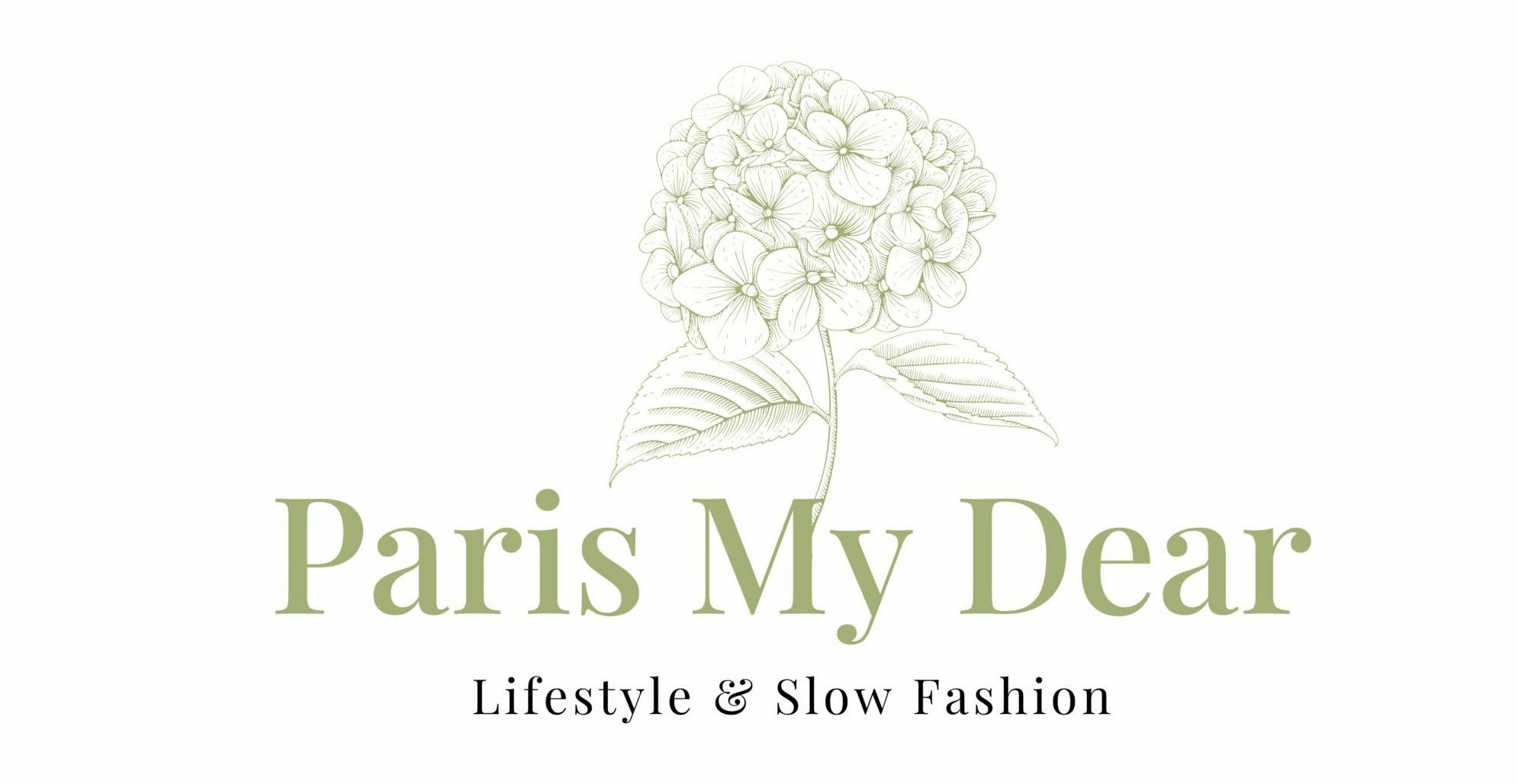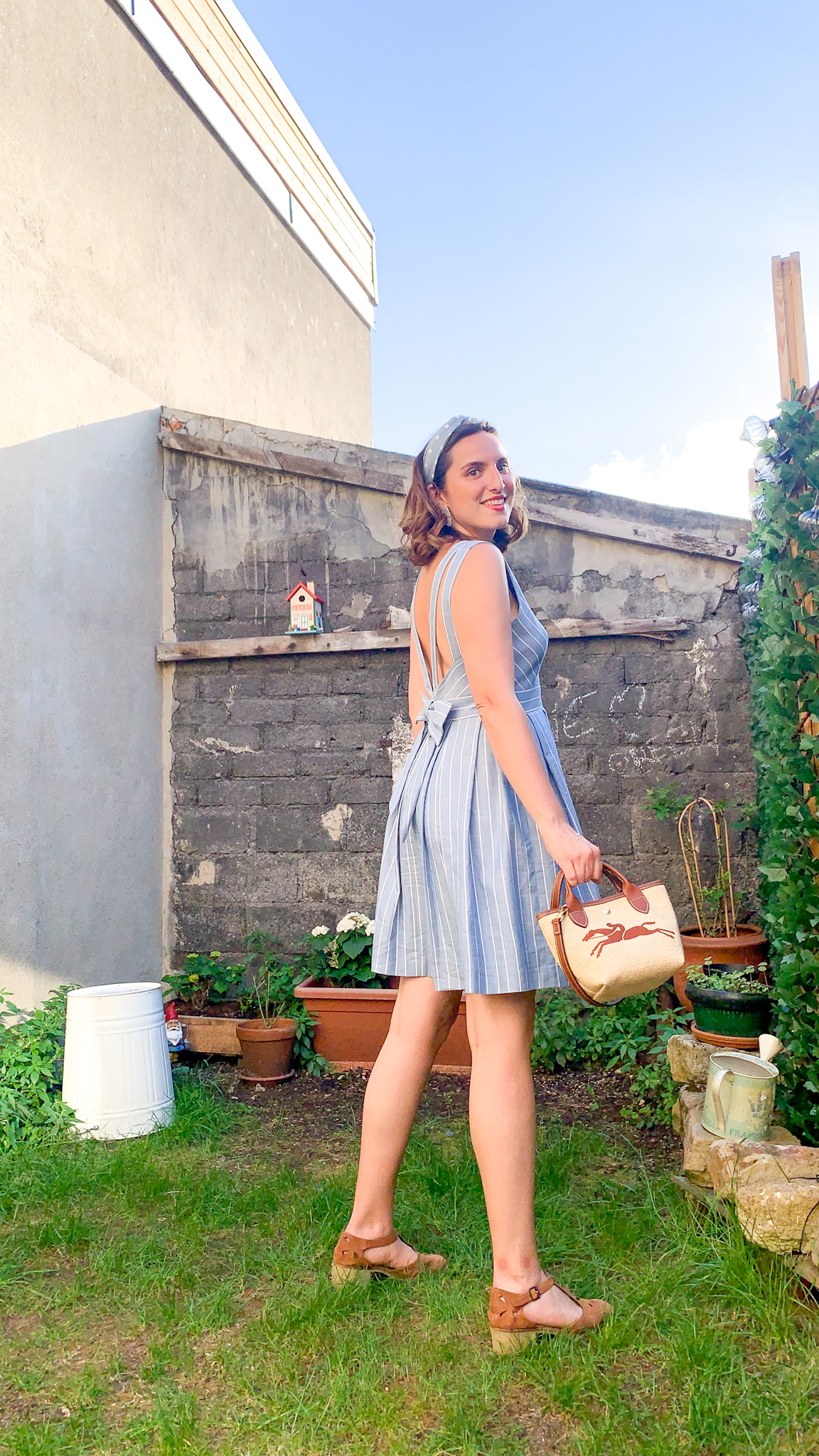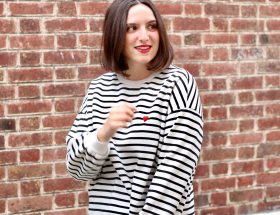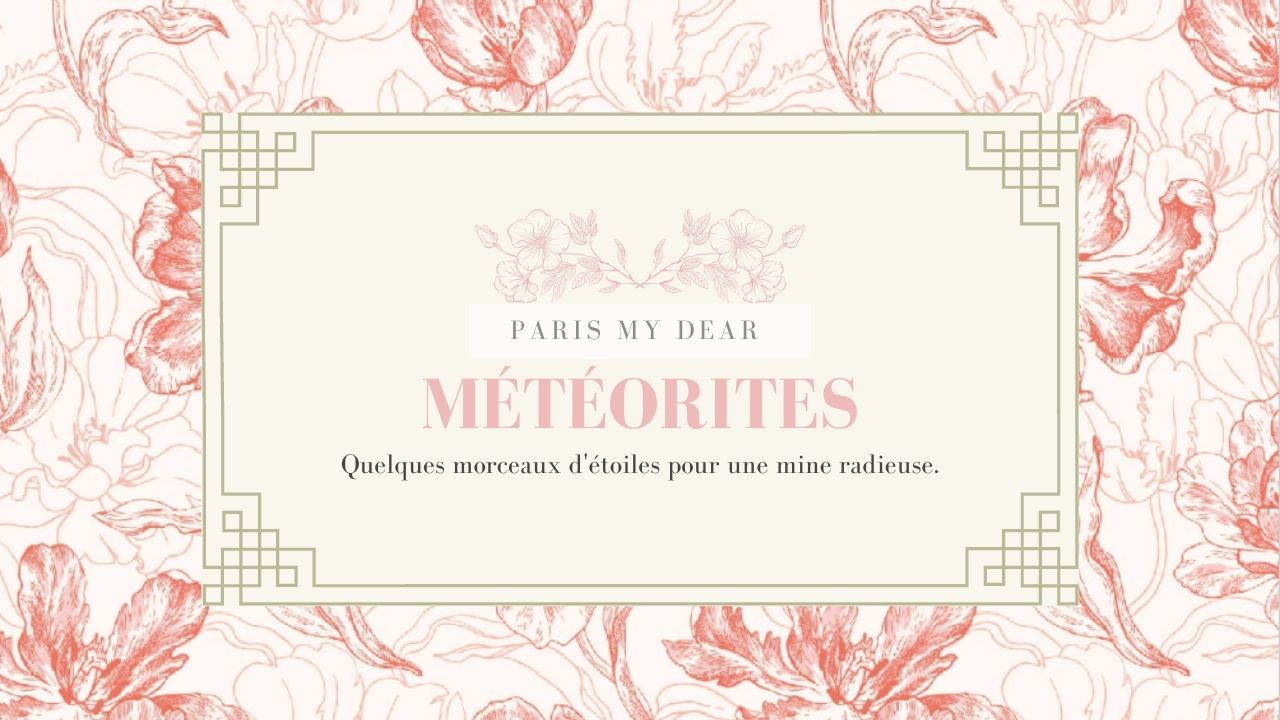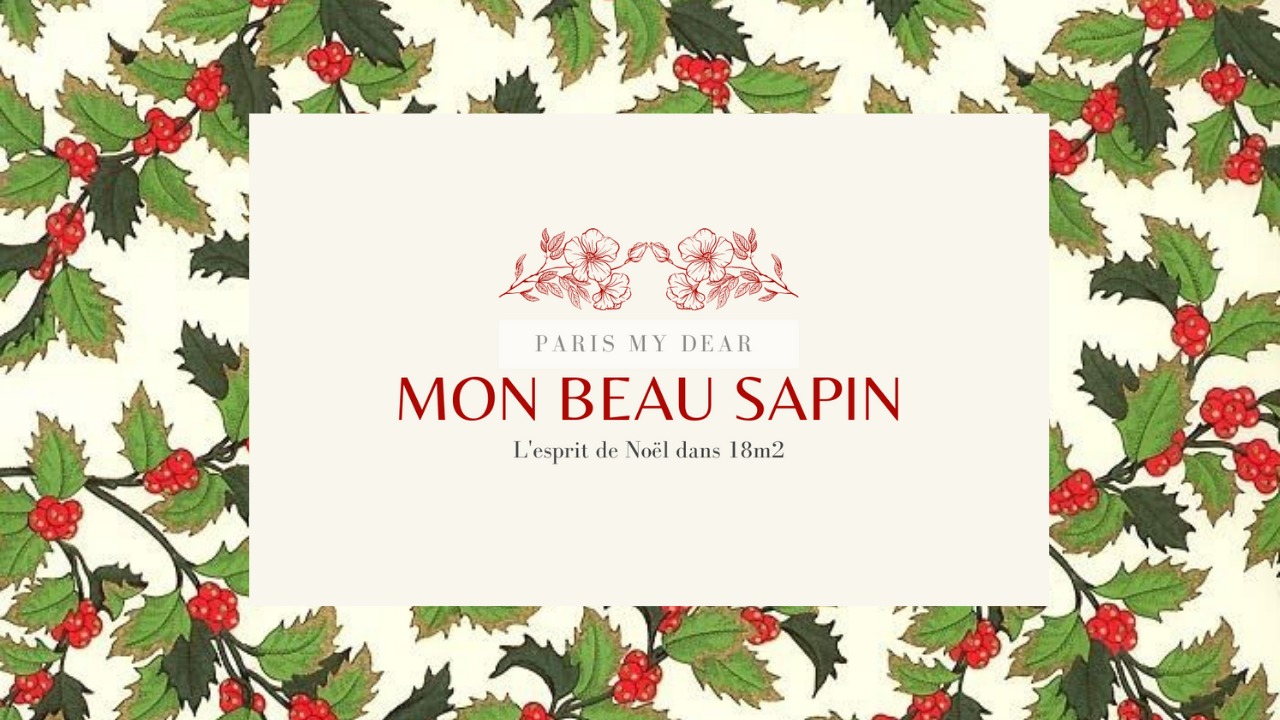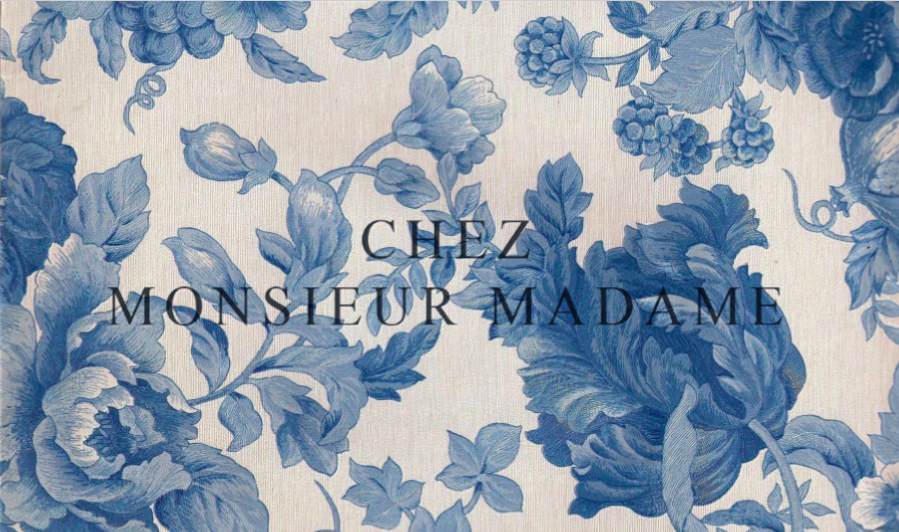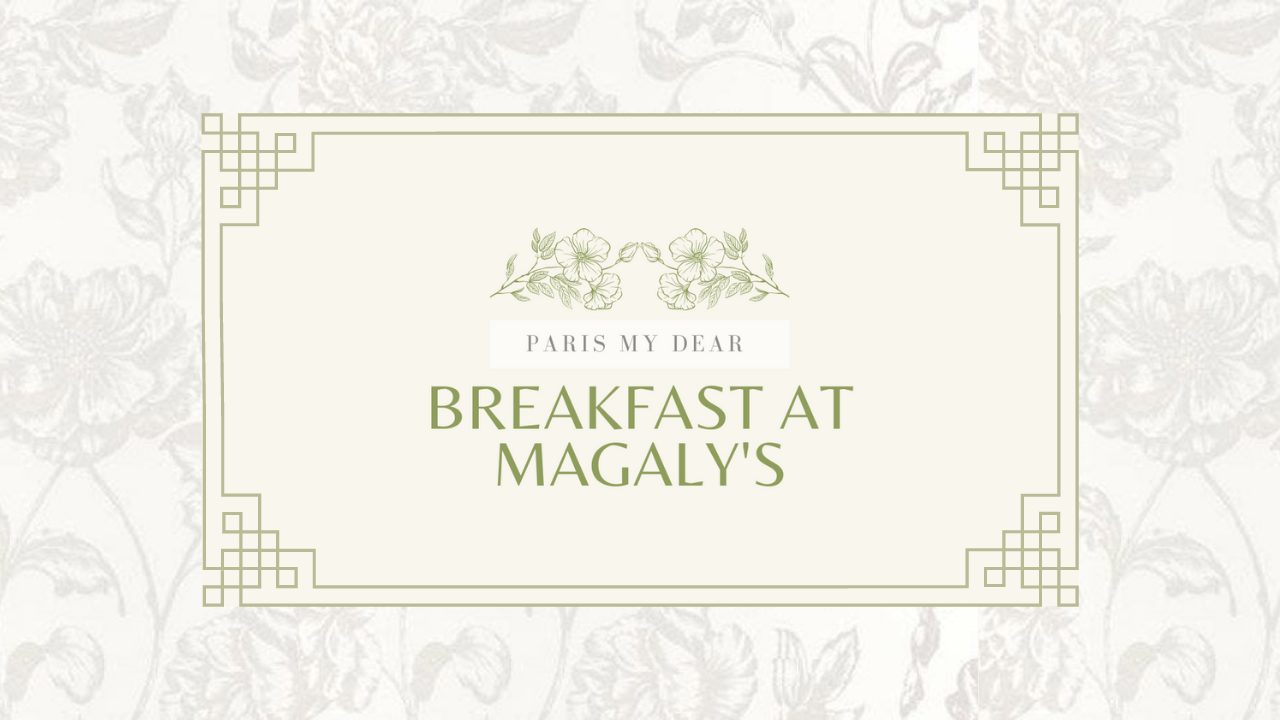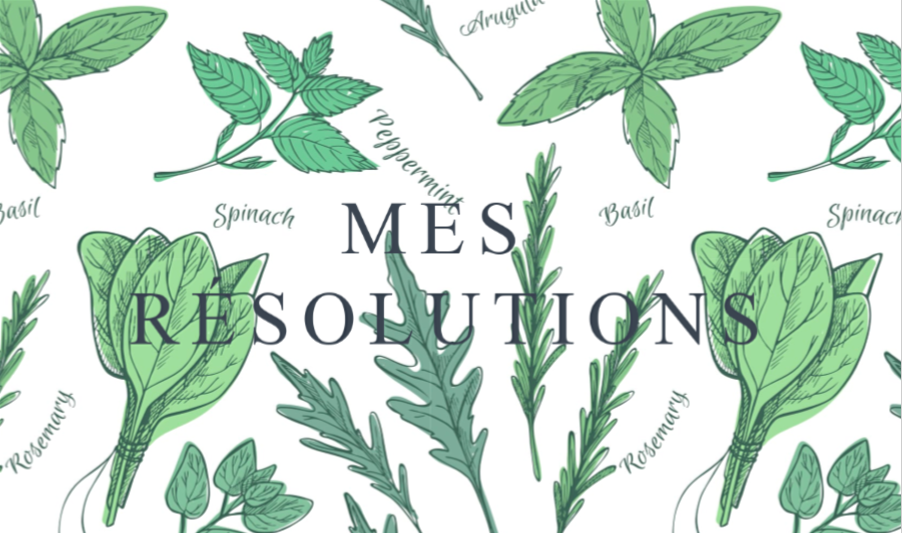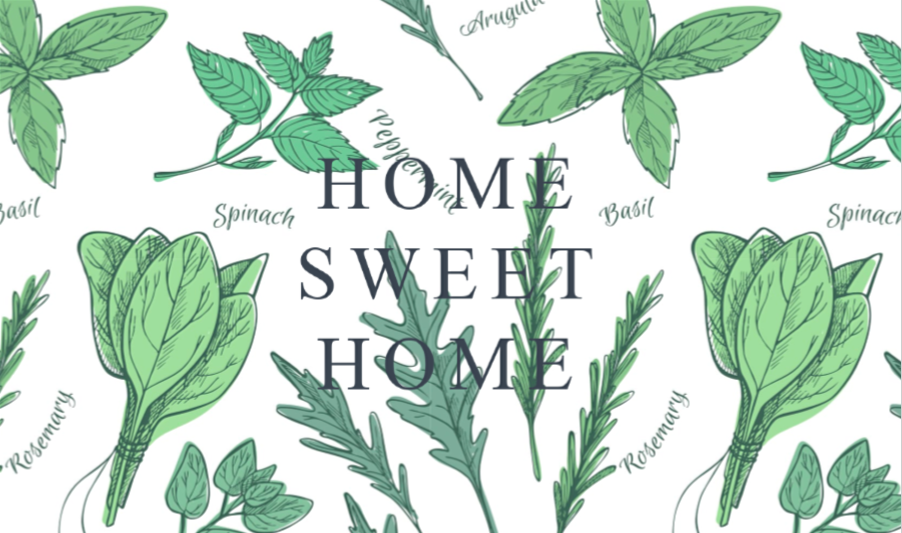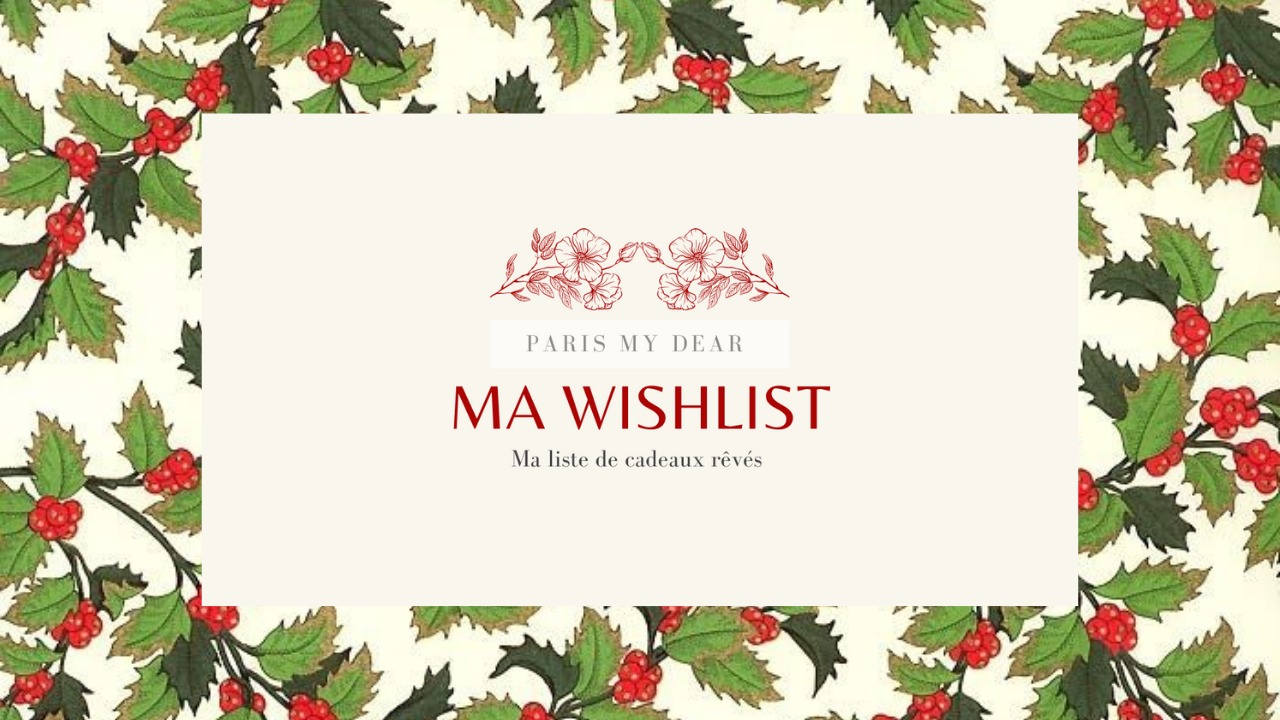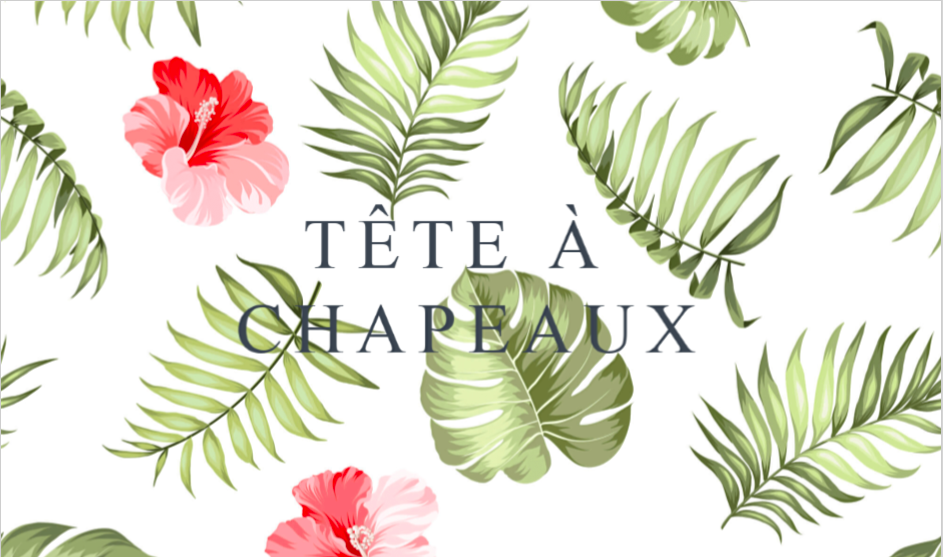
TÊTE À CHAPEAUX
Salut la compagnie ! (note personnelle : arrêter définitivement d’user et abuser d’expressions datant d’une époque révolue.)
J’avais envie de faire un article depuis quelques temps mais impossible de trouver quoi dire sur un sujet qui a pourtant traversé les âges : le chapeau.
Bonnet, béret, capeline, bibi, casquette, canotier… d’aussi loin que je me souvienne, j’ai toujours aimé les chapeaux. Mettez un t-shirt et un jean, vous êtes fringué ; ajoutez-y un chapeau, vous voilà habillé !
C’est pour moi un symbole de style et d’élégance qui pourrait vous donner l’allure d’Audrey Hepburn même avec un sac poubelle en guise de robe.
Plus jeune, je n’osais pas en porter par peur de ressembler à un individu du troisième âge mais en grandissant, je me suis aperçue que le chapeau en lui-même était le prolongement d’une silhouette et finissait de parfaire une tenue.
Hello, company! (personal note: stop using and abusing expressions from a bygone era).
I’ve been wanting to do an article for some time but couldn’t find what to say about a subject that has been around for ages: the hat.
Hat, beret, floppy hat, bibi, cap, canoeist… as far as I can remember, I’ve always liked hats. Put on a T-shirt and jeans, you’re dressed; add a hat, you’re dressed!
To me, it’s a symbol of style and elegance that could make you look like Audrey Hepburn even with a garbage bag as a dress.
When I was younger, I didn’t dare to wear a hat for fear of looking like a senior citizen, but as I grew older, I realized that the hat itself was an extension of a silhouette and was the finishing touch to an outfit.
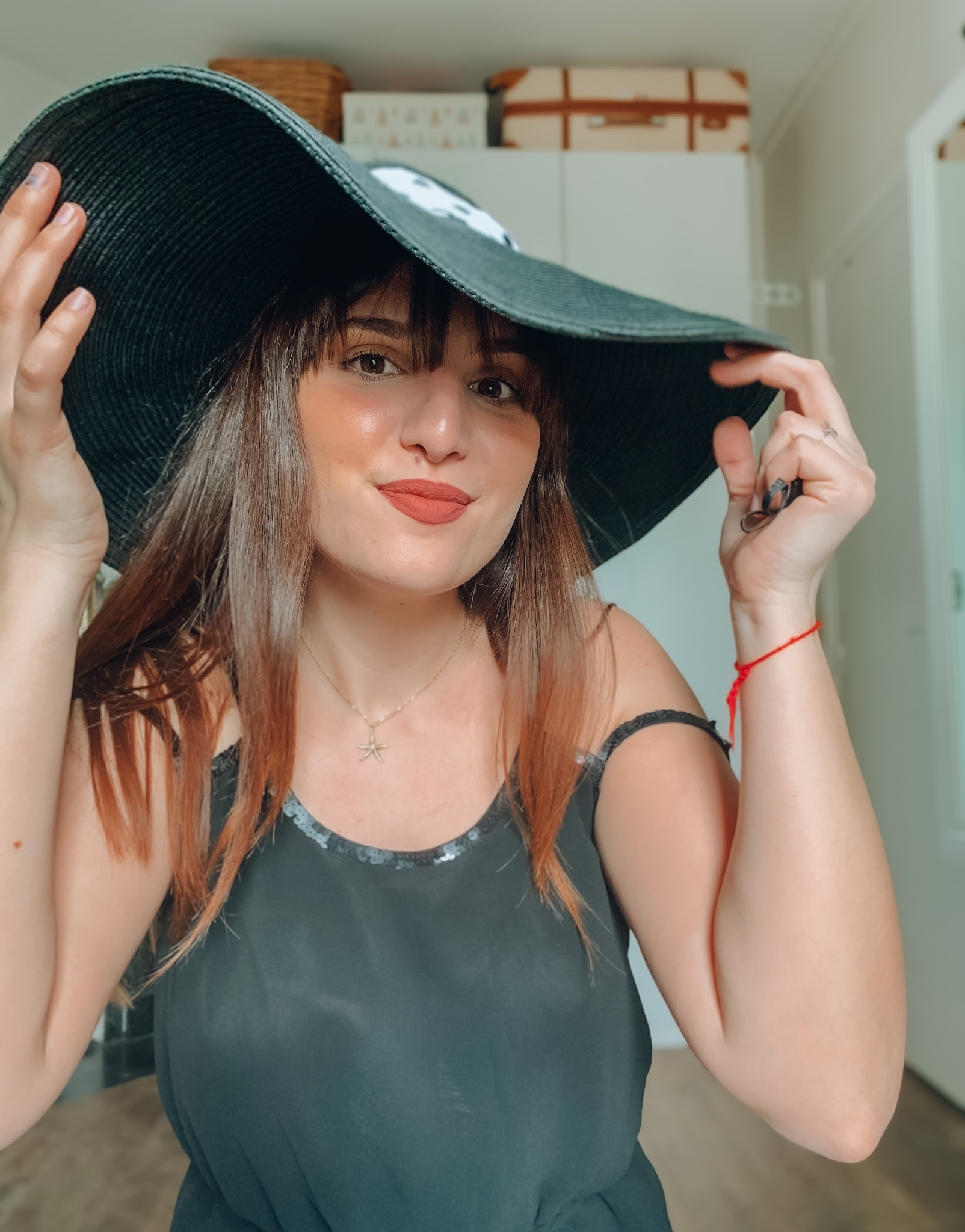
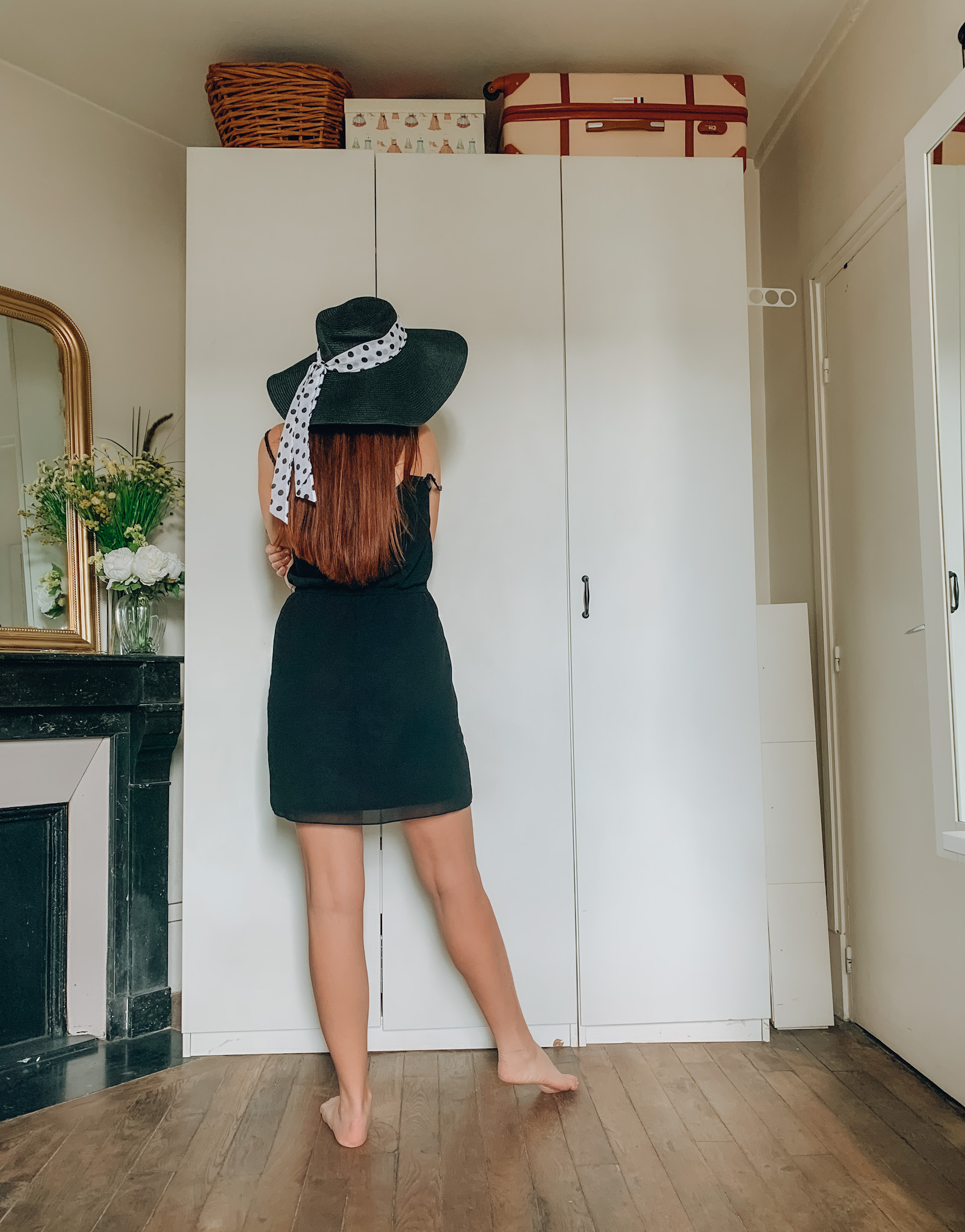
Et pour étayer mes propos, voici quelques petites anecdotes sur mes chapeaux préférés :
1/ Le canotier est un chapeau issu de l’uniforme d’été des marin au milieu du 19ème siècle. Il est ensuite devenu à la mode chez les enfants de bonne famille, puis porté par hommes et femmes afin d’asseoir un certain statut au sein de la société. La mode veut qu’on le porte sur le côté avant, légèrement incliné vers l’oreille, avec une « désinvolture » à la Fred Astaire. Le canotier est devenu l’emblème de Gabrielle Chanel et Auguste Renoir s’en est également inspiré pour son tableau « Le Déjeuner des canotiers ».
And to back up my point, here are a few little anecdotes about my favourite hats:
1/ The boater is a hat from the summer uniform of the sailors in the middle of the 19th century. It then became fashionable among children of good families, and was worn by men and women to establish a certain status in society. It is fashionable to wear it on the front side, slightly tilted towards the ear, with a Fred Astaire-style « casualness ». The canoeist became the emblem of Gabrielle Chanel and Auguste Renoir was also inspired by it for his painting « Le Déjeuner des canotiers ».
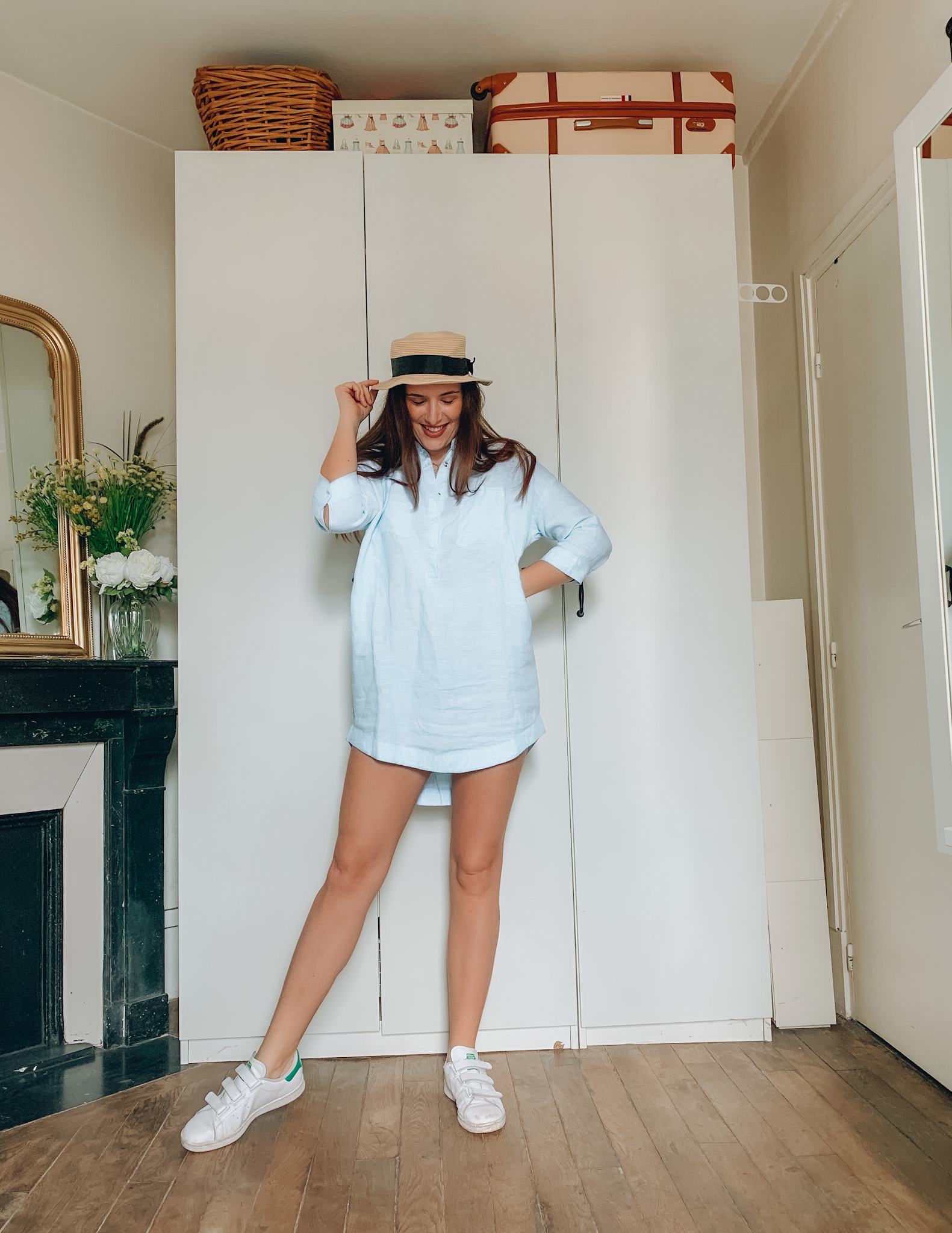
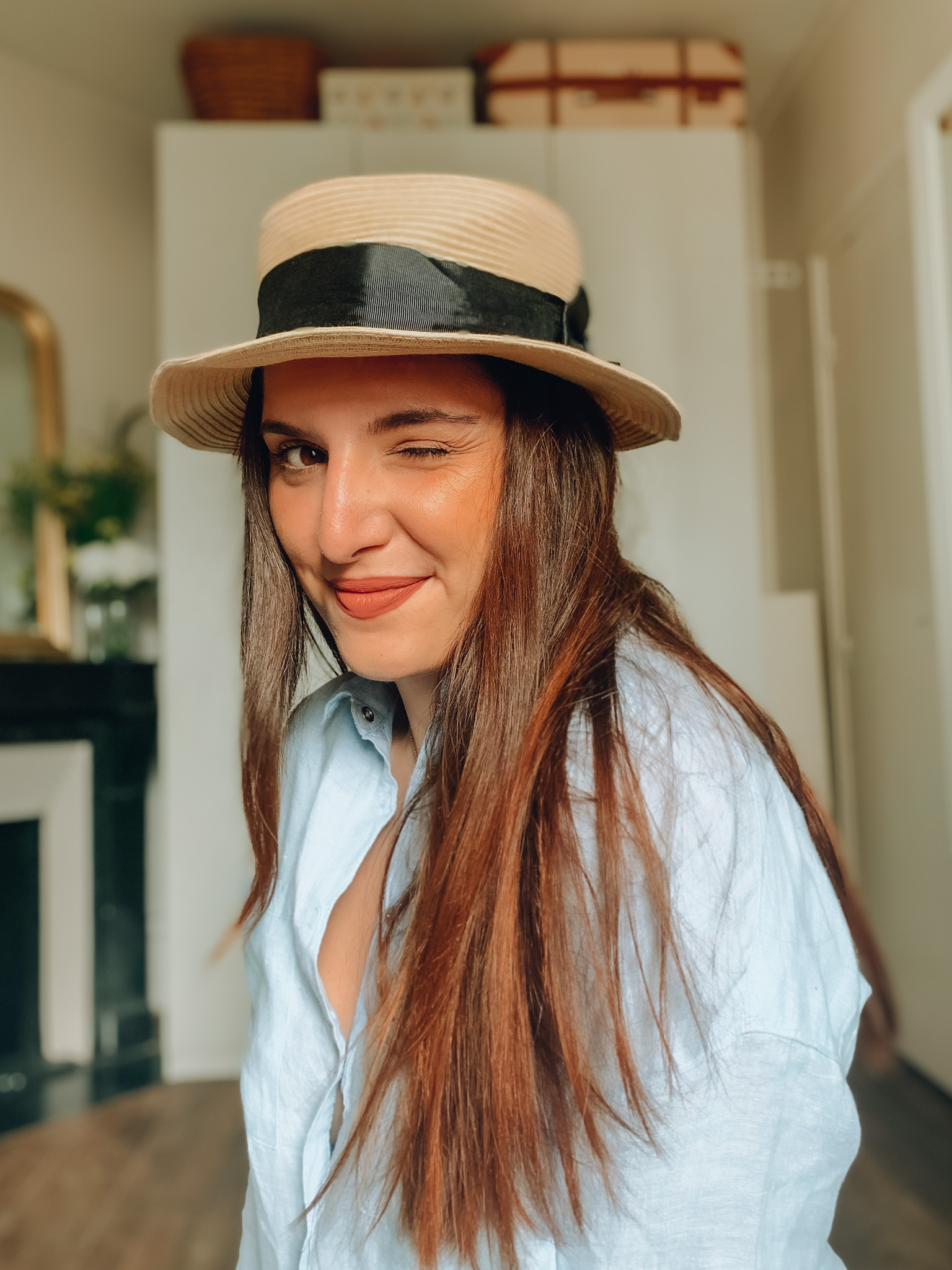
2/ Le ruban que les jeunes femmes nouaient autour de leur chapeau de paille et qu’elles laissaient flotter au vent s’appelle un ‘Suivez-moi jeune homme’.
3/ Si vous l’ignoriez, sachez que la superstition dit qu’on ne doit jamais mettre un chapeau sur un lit. En effet, entre la fin du 19ème et le début du 20ème siècle, la seule personne qui était amenée à le faire était le médecin qui venait assister un mourant.
2/ The ribbon that the young women tied around their straw hat and let it float in the wind is called a ‘Follow me young man’.
3/ If you didn’t know this, you should know that superstition says you should never put a hat on a bed. In fact, between the end of the 19th and the beginning of the 20th century, the only person who had to do so was the doctor who came to assist a dying person.
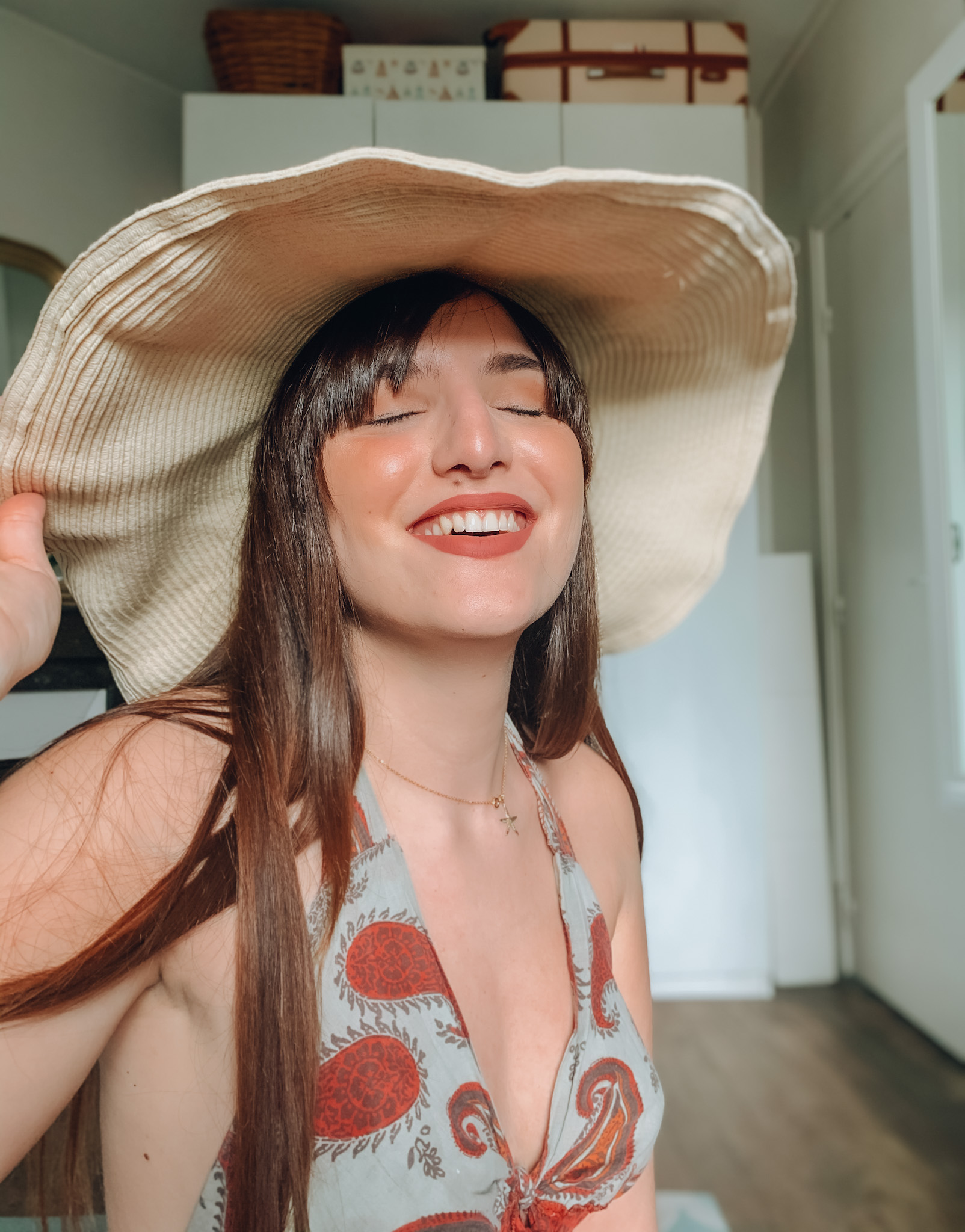
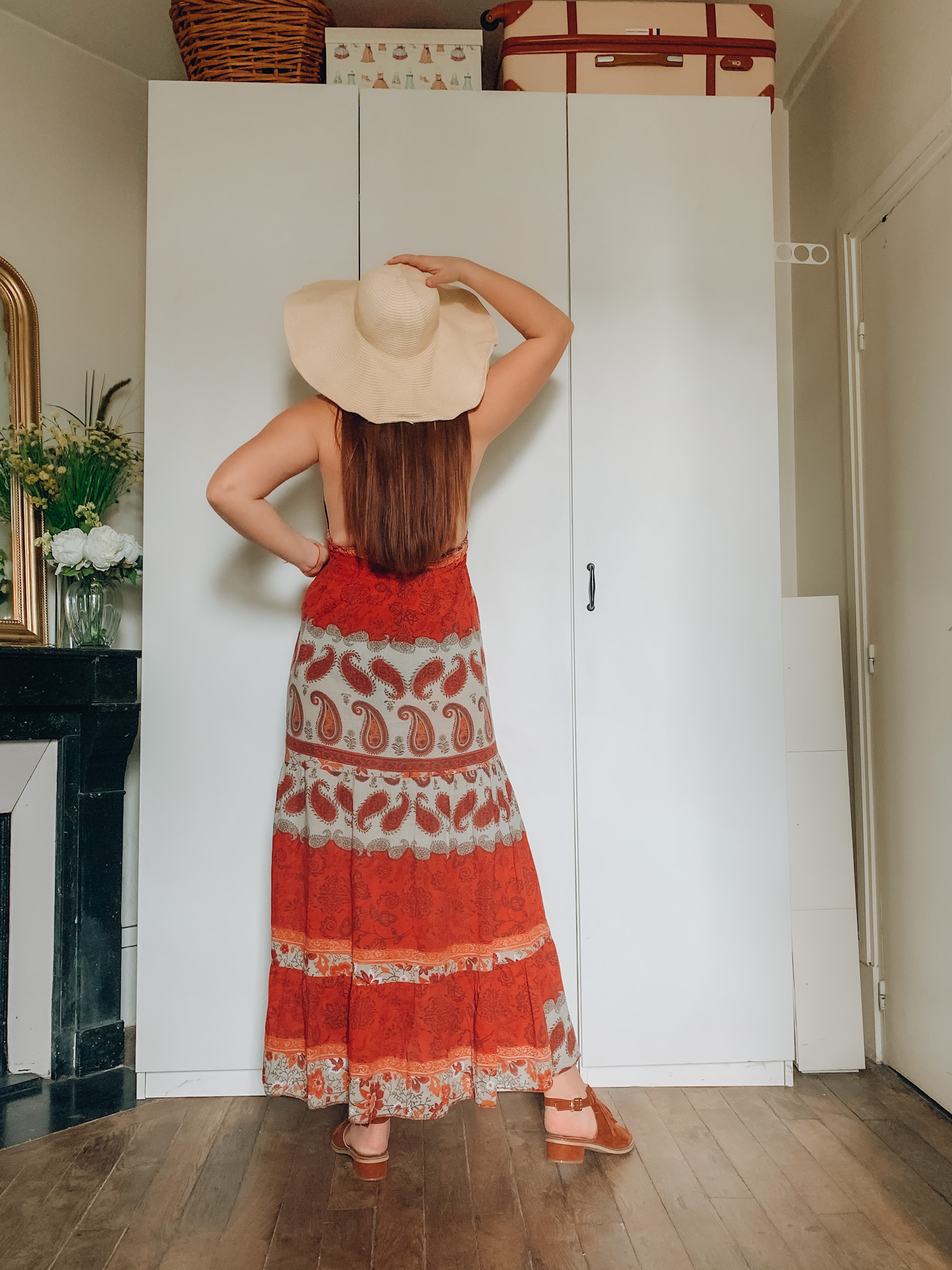
4/ Le Panama est un chapeau qui s’inscrit dans la même famille que le Borsalino. Il a été présenté en 1855 à l’exposition universelle de Paris. Lors de la construction du Canal de Panamá, les ouvriers portaient ce chapeau, initialement appelé « Sombrero de Paja Toquilla » (chapeau de paille), pour se protéger du soleil. Certains modèles, selon leur tissage, peuvent être vendus roulés dans une boîte et tout de même préserver leur forme.
Voilà pour mes petites anecdotes, j’espère qu’elle vous auront plu et si vous en avez, n’hésitez pas à les partager en commentaires !
4/ Panama is a hat that is part of the same family as the Borsalino. It was presented in 1855 at the Universal Exhibition in Paris. During the construction of the Panama Canal, workers wore this hat, originally called « Sombrero de Paja Toquilla » (straw hat), to protect themselves from the sun. Some models, depending on their weave, can be sold rolled up in a box and still preserve their shape.
These are my little anecdotes, I hope you liked them and if you have any, don’t hesitate to share them as comments!
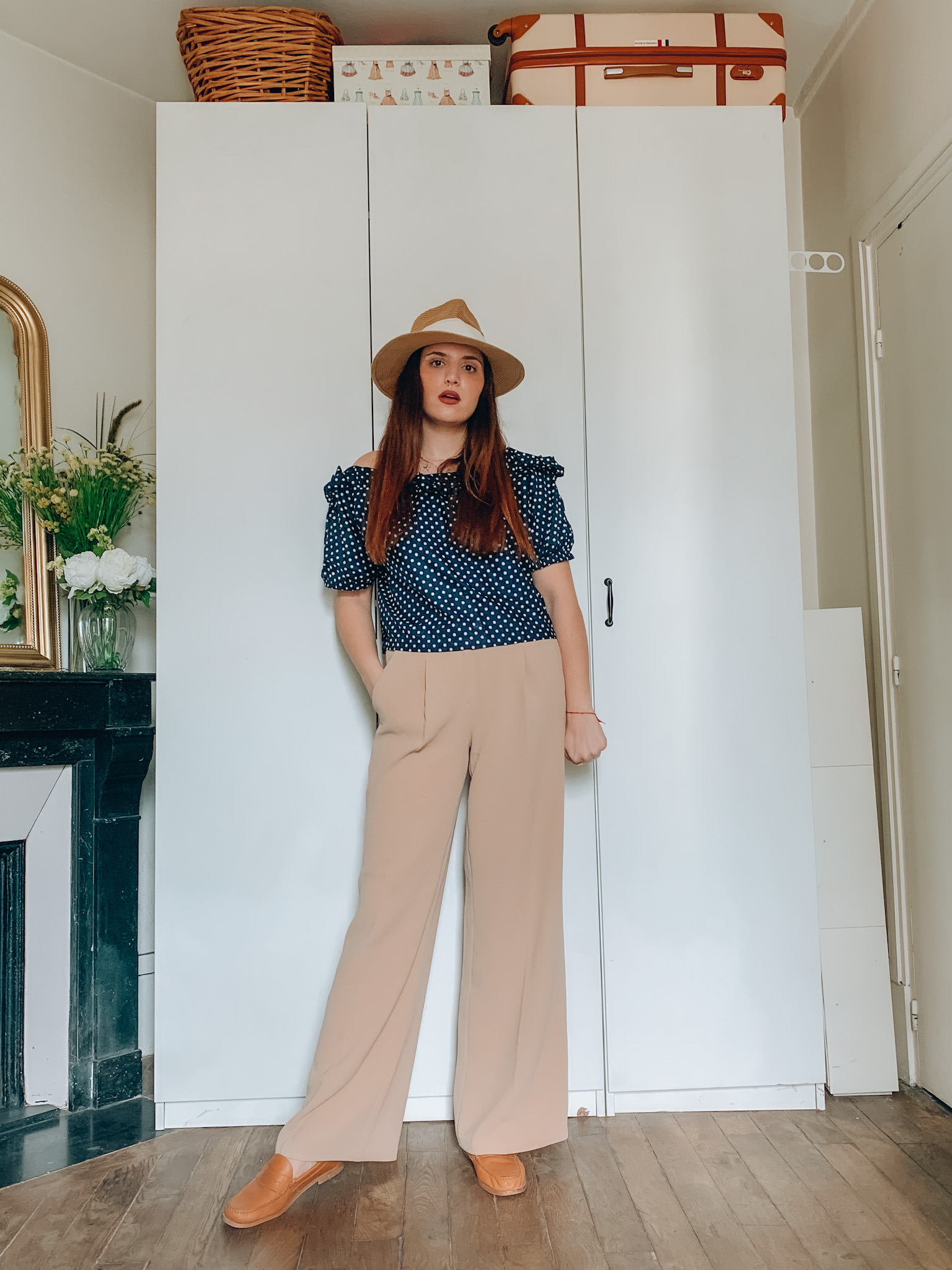
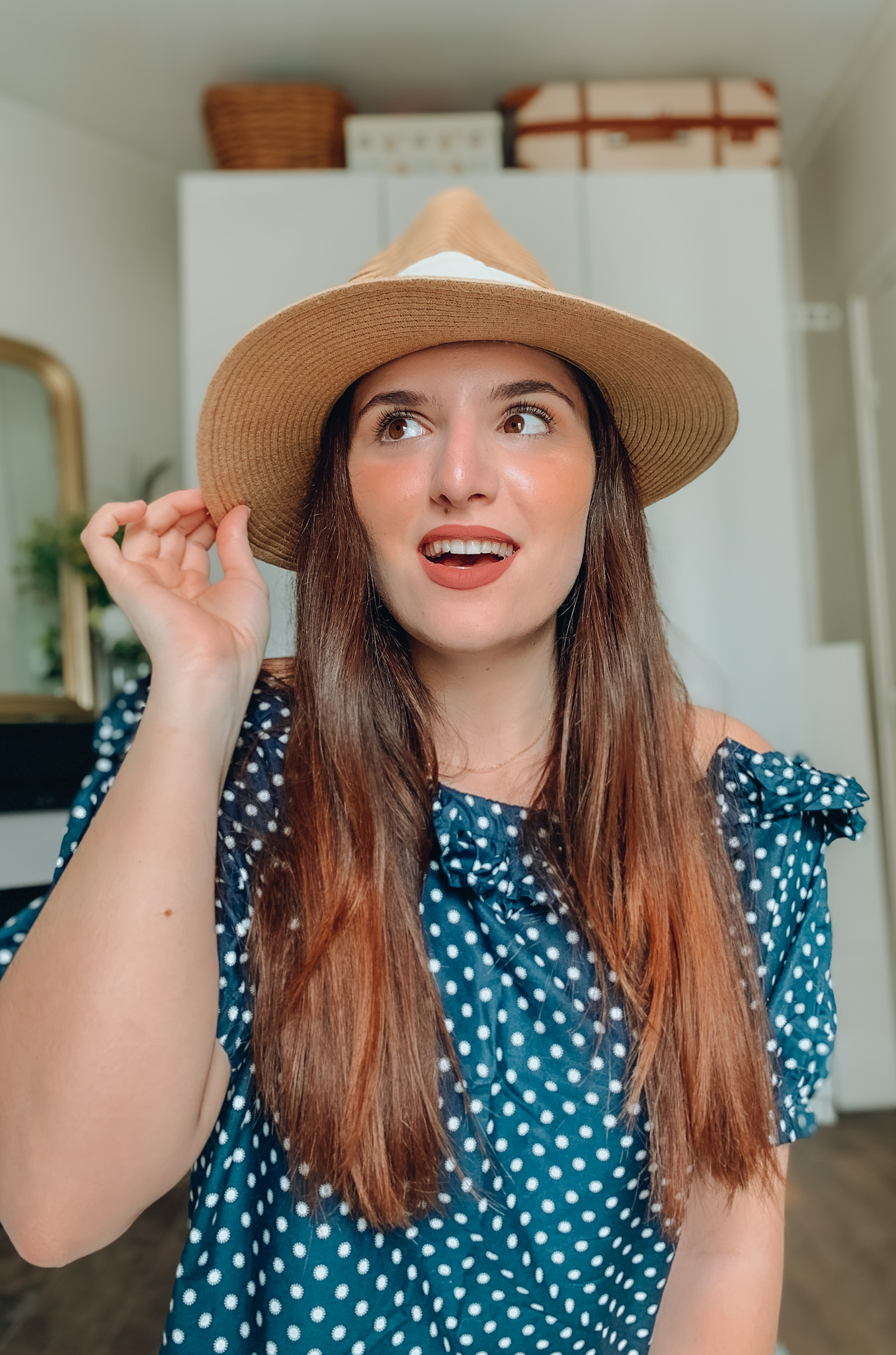
Vous voulez voir le making of de cet article ? C’est par ici !
You want to see the making of this article? It’s over here!
